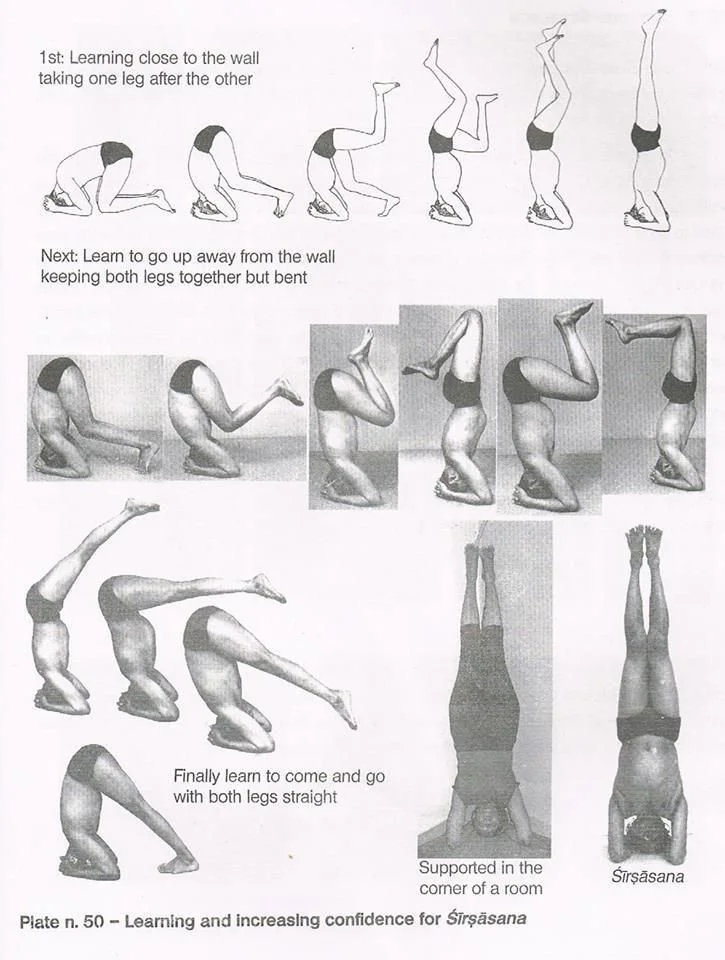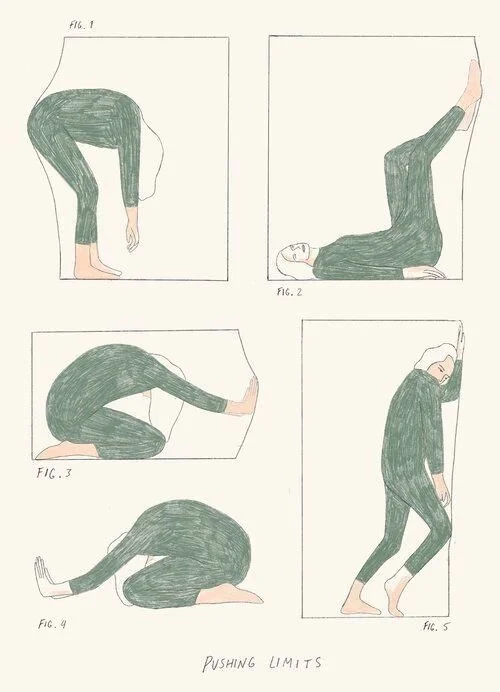Poorneet — Season of Renewal and Growth 🌱
We are deep in Poorneet, the Wurundjeri season of tadpoles — a time of renewal, growth, and awakening. Across the traditional lands of the Kulin Nation, this season stretches from September to October, when waterways shimmer with life, blossoms unfold, and the pied currawong’s call threads through the hills.
It is a season that celebrates movement , tadpoles transforming quietly in their ponds, trees shifting from bare to full bloom, and birds dancing through new air. The earth feels awake again, and so do we.This calendar, with its seven distinct yet interconnected seasons, invites a profound awareness of rhythm and reciprocity. A deep knowing that we are part of, not separate from, the natural world. It reminds us that renewal happens not just around us, but within us too.
Finding Balance in the Turning Seasons
In Poorneet, everything is in motion, life rising from stillness, light stretching a little longer each day. Ayurveda, too, teaches that spring is a time to reawaken. After the still, heavy months of winter we’re called to bring warmth, circulation, and vitality back into body and mind.
But this renewal isn’t about rushing forward or striving. It’s about softening into change, honouring the natural process of emergence. We might ask:
What within me is ready to thaw or dissolve?
What new growth is quietly taking shape beneath the surface?
How can I meet this transformation with curiosity instead of control?
Renewal as Practice
To live in rhythm with the seasons — as Wurundjeri wisdom teaches — is to live in relationship. Each breath, each movement, each small noticing becomes an act of connection: with Country, with self, with the vast network of life that holds us.
Poorneet reminds us that renewal is not a task but a truth , an ever-turning, ever-giving cycle that we are always part of. 🌸
Inversions, turning upside down to self regulate
Inversions are more than just striking shapes. Whether it’s the thrill of handstand, the quiet focus of headstand, or the gentle surrender of legs up the wall, going upside down invites us to meet ourselves in new ways.
When we invert, we literally shift our perspective. Balancing on our hands or forearms can bring up fear, excitement, or resistance. These sensations are an invitation — to meet what arises with breath and presence. To remember that courage doesn’t always look like nailing the pose; sometimes it’s just showing up, trying again, wobbling, falling, laughing.
Not all inversions need to be fiery. Restorative shapes like legs up the wall or child’s pose allow us to feel held by the ground, supported while our nervous system recalibrates. Inverting gently can help quiet the mind and soothe the body, offering a sense of safety and grounding.
Inversions ask us to trust , trust in our breath, our body, the floor beneath us. They remind us that self-regulation often begins when we dare to shift how we see the world. Inversions can be both scary and comforting, and they take us on a long journey of trust and confidence building.
In my mid 20’s my then partner told me that they thought I would never be able to handstand, so now it is my personal mission to work towards a handstand, I tend not to focus on the asana shapes in my own practice, but I am a deeply stubborn and proud person, so often times in my classes we will work towards the possibility of a handstand, sometimes little hops, sometimes spending the class working towards handstands or other inversions at the wall. My dreams are often full of handstands, finding that beautiful moment between control and surrender, my dreams of a beautiful handstand away from the support of the wall remain just dreams for now, but I remain dedicated to one day, maybe when I am 75 finding and holding a handstand… and then quickly falling out of it, that is the yoga! but at the very least I would have proven that person and in a way myself wrong and there is nothing more that I love then proving the haters (myself included) wrong.
Benefits of Yin Yoga: A gentle form of activism
It all begins with an idea.
The world feels heavy right now. Genocide in Gaza, Environmental catastrophe the ongoing rise of the far right, challenges to the hard fought rights of the LGBTQIA+SB community.
Everywhere we turn, there are stories of harm and heartbreak: communities displaced, the Earth under strain, people trying to survive systems that were never built for their flourishing. The pace of it all can leave us suspended somewhere between outrage and exhaustion.
We’re living in what many call a polycrisis, a time of overlapping emergencies that touch every part of life—political, ecological, social, and emotional. Our bodies know it before our minds catch up: the tight jaw, the restless sleep, the shallow breath. The nervous system, built to respond to threat, now lives in near-constant alert. This of course is not helped by our phones, the 24- news cycle, social media etc etc.
Yin yoga meets us here, in the space between collapse and care.
It invites us to slow down, to listen, and to gently unwind from the inside out. In Yin, we don’t strive or perform; we rest into stillness long enough for the layers of holding to reveal themselves.
This is where the vagus nerve begins to speak. The vagus nerve is a long, wandering nerve that connects the brain to the body, regulating the heart, breath, and digestion—like the deep roots and branching limbs of a tree that link sky and soil, holding the whole system in balance.Woven through the body like a thread of intelligence, the vagus nerve connects breath, heart, and gut—the deep places where emotion lives. When we rest into long-held shapes, when the breath softens and the exhale lengthens, the vagus nerve is stimulated. The body begins to remember safety, and the mind follows.
In a world that asks us to stay activated—scrolling, reacting, defending—Yin offers a different kind of response: a pause, a recalibration. It doesn’t ask us to turn away from suffering, but to meet it from a steadier place. To cultivate the capacity to feel deeply without being consumed.
This is the nervous system as activism.
Each time we return to the mat, we choose presence over paralysis. Each breath becomes a quiet act of resistance against disconnection. Through stillness, we learn to inhabit the body again, to be both tender and awake to what’s unfolding within and around us.
There’s nothing passive about this softness. It personally took me many many years to learn this lesson, in fact it is a lesson that I am still learning.
It’s the groundwork for courage, empathy, and collective care. When our systems are regulated, we can listen better. We can speak truth without burning out. We can hold grief and hope in the same breath.
So come to your mat, not to escape, but to remember. To meet as a collective and tot rest.
To breathe into the ache of being human in complex times. To let the parasympathetic currents of the body remind you that peace is not absence, but connection.
One nervous system at a time, we steady ourselves.
And from there, we keep showing up with reverence, awareness, and love.




